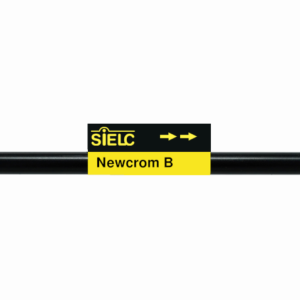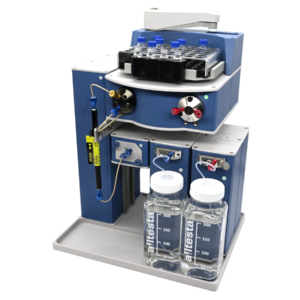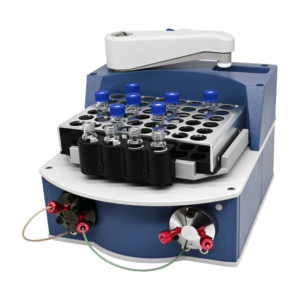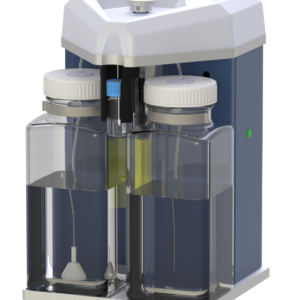HPLC Method for Glyphosate on Newcrom B by SIELC Technologies
High Performance Liquid Chromatography (HPLC) Method for Analysis of Glyphosate.
Glyphosate is a broad-spectrum herbicide. It works through inhibiting the plant enzyme 5-enolpyruvylshikimate-3-phosphate synthase. The enzyme is essential for producing amino acids within the plant. Glyphosate is used across agriculture and forestry, as well as rare aquatic environments. It’s chemical formula is C3H8NO5P.
Glyphosate can be retained in HPLC with a Newcrom B mixed-mode column using a mobile phase of acetonitrile (ACN, MeCN), water and phosphoric acid (H3PO4) buffer allowing the use of a UV detector at 200 nm.
| Column | Newcrom B, 3.2 x 100 mm, 5 µm, 100 A, dual ended |
| Mobile Phase | MeCN/H2O – 10/90% |
| Buffer | H3PO45 – 0.08% |
| Flow Rate | 0.5 mL/min |
| Detection | UV 200 nm |
| Class of Compounds | Hydrophobic, Herbicide, Pesticide |
| Analyzing Compounds | Glyphosate |
Application Column
Newcrom B
Column Diameter: 3.2 mm
Column Length: 100 mm
Particle Size: 5 µm
Pore Size: 100 A
Column options: dual ended






